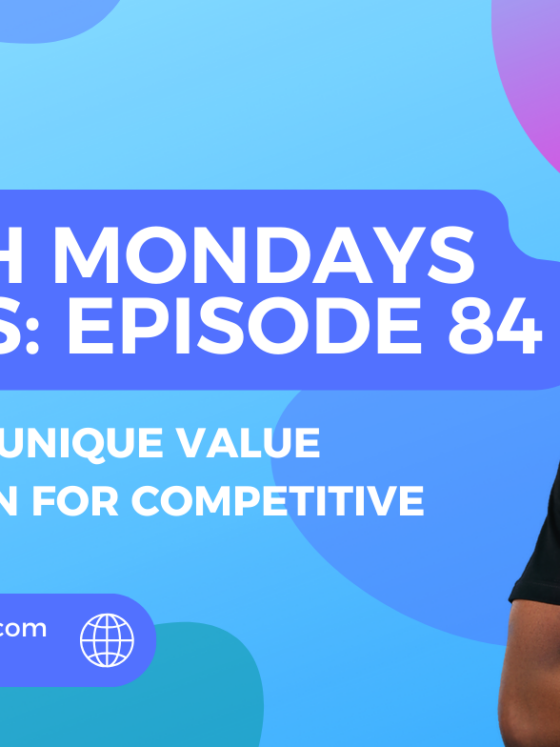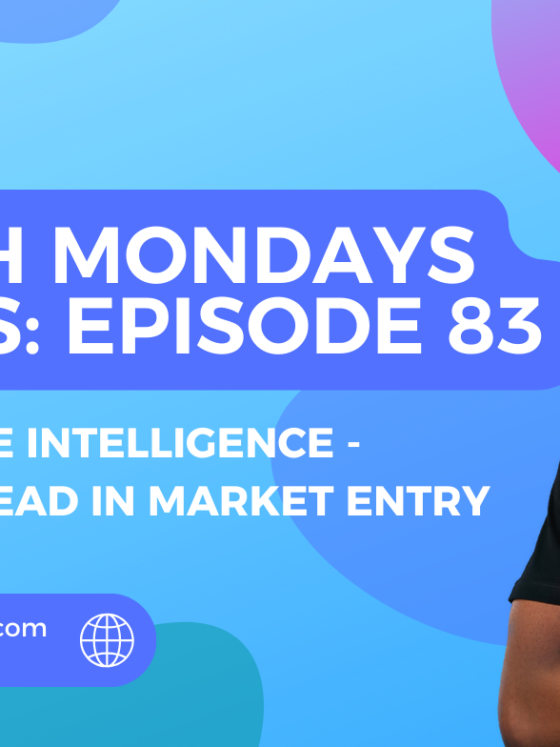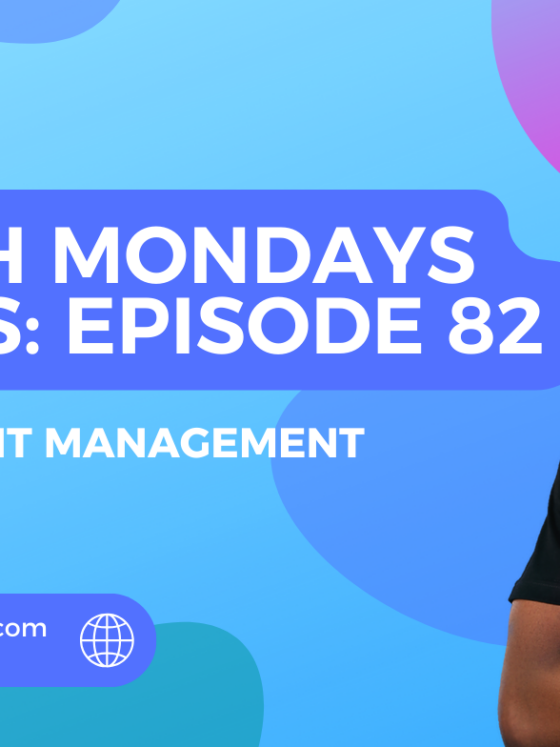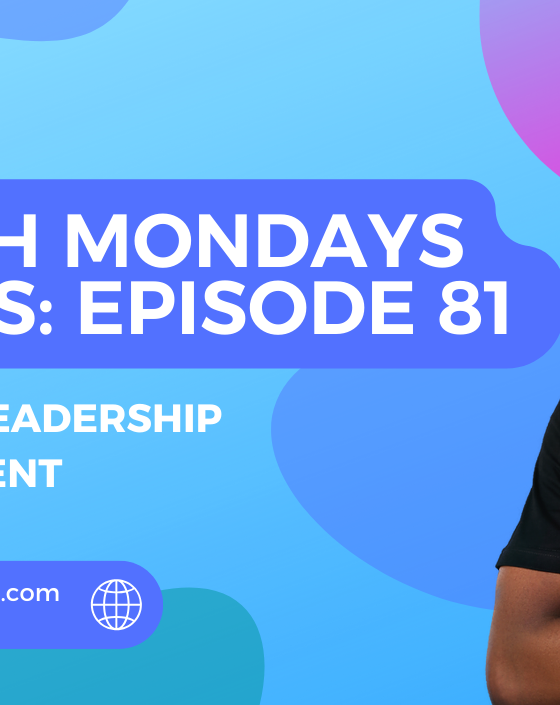Building a Digital-First Business Model
North Mondays Series: Episode 105

Embracing the Shift in 2025
If you can remember the last time you walked into an establishment and waited tirelessly as they looked through hard copy documents in order to find your details maybe it’s time to re-evaluate your life choices.
Just kidding.
But seriously, in 2025, running a digital first business model is a requirement. Gone are the days where you had to own a physical store to sell anything or constantly update an Excel spreadsheet manually. A digital-first approach now sits at the core of business survival, growth, and long-term relevance. Yet, many companies continue to operate with outdated processes, tools, and mindsets built for a pre-digital world.
Why?
Because change is hard. Because habits die slow. Because “we’ve always done it this way.”
But here’s the truth: The longer you wait, the costlier it gets.
While you hesitate, your competitors are building smoother systems, automating what drains you, and scaling without breaking a sweat.
In all honestly, we live in a world that rewards smart work over hard work and here’s how to make the shift; gently, intentionally, and one step at a time.
Why Digital-First Still Feels Hard
On the surface, going digital-first seems simple. Just add technology, right?
But being digital-first isn’t just about adding tech. It’s about unlearning, about replacing rituals that once made sense but now cost you time, energy and your mental health.
It’s culture. It’s trust. It’s letting go of manual control and believing that in the freedom that is automation.
Common Roadblocks:
· You’re using tools that don’t talk to each other.
· You’re doing things manually because that’s what you’ve always done.
· You’re worried automation will mess things up (or take your job).
· Your IT team is two people (and one of them is you).
· “Digital transformation” sounds like something only multinationals can afford.
These are real issues but they’re solvable. And while we’re at it, I’ll tell you this for free; AI isn’t here to take your job, only to streamline processes so rest easy.
Start by asking the right questions, mapping your processes, and getting clear about where you want to go
What “Digital-First” Really Means
It’s more than having a website or an Instagram page. Being digital-first means rethinking how your business operates—from the ground up—with technology at the core.
It means:
- You stop relying on one person to “know everything.”
- Your data updates itself in real-time.
- Your business doesn’t need more staff to grow—it just needs better systems.
- Onboarding new clients or employees doesn’t take weeks. It takes minutes.
Traits of Digital-First Businesses:
- Fully digital operations—from marketing to delivery
- Real-time data shared across teams
- Scalable systems that don’t need more staff to grow
- Mobile and cloud-first platforms
- Easy digital onboarding for staff and customers
- Frequent testing, learning, and iteration
It’s not about replacing people. It’s about giving them the freedom to do what actually matters.
New Tools, Lower Barriers
Gone are the days when going digital meant hiring a dev team and spending millions.
Now? You can build sleek systems with no-code tools. If you can use Excel, you’re halfway there.
Practical Tools to Try:
- Airtable – Create internal tools and databases
- Zapier – Automate your daily workflows
- Notion – Organize knowledge and planning
- Stripe – Accept payments and manage subscriptions
- Typeform – Build forms and collect data
- HubSpot / Zoho – Handle CRM and marketing
These tools are not just for tech bros in Silicon Valley.
They’re for you. For scaling your business and making things easier and for your peace of mind.
Five Key Moves to Go Digital-First
You don’t need to transform overnight.You just need to start asking better questions, making bolder choices and fixing things one step at a time.
1. Audit Your Tools and Processes
- List all your current tools
- Highlight where you have overlaps or inefficiencies
- Spot the manual work that slows you down
- Ask: Are we doing this out of habit or need?
2. Shift to the Cloud
On-site systems are slow and expensive. Cloud tools give your team flexibility and real-time collaboration.
- Use cloud tools for accounting, HR, and project management
- Switch to digital document storage and signing
- Control access with permissions and user roles
3. Automate the Repetitive Stuff
Stop wasting time on tasks that a tool can handle.
- Set up email sequences and invoice reminders
- Automate data entry and lead routing
- Use templates to save time and reduce errors
4. Build for Where You’re Going
Don’t create systems for now. Build them for the business you want to be.
- Can this scale 5x without breaking?
- Is it easy to add new staff or clients?
- Will we need more people just to stay afloat?
5. Train Your People
Even the best tools fail if no one knows how to use them.
- Run demos and workshops
- Make short internal training videos
- Pick “tool champions” in each team to support others
Questions Worth Asking
- What’s our most time-consuming task?
- Where are we still using paper or spreadsheets?
- Where do team members or clients get frustrated?
- Are we collecting data we don’t use?
- How fast can we recover if a system crashes today?
These answers? That’s your digital strategy blueprint.
Start Here
- List your current digital tools
- Eliminate or merge where possible
- Pick one manual task to automate this month
- Improve one process every quarter
- Review progress monthly
- Celebrate small wins
Digital-first isn’t a title you earn. It’s a lifestyle.
One shift at a time, one tool at a time, one day at a time.
And the more you step into it, the more your business becomes what it was always meant to be: resilient, responsive, and ready.
What About You?
What digital upgrade helped your team the most this year? What tool made your work simpler?
Reply and share what worked for you.








Recent Comments